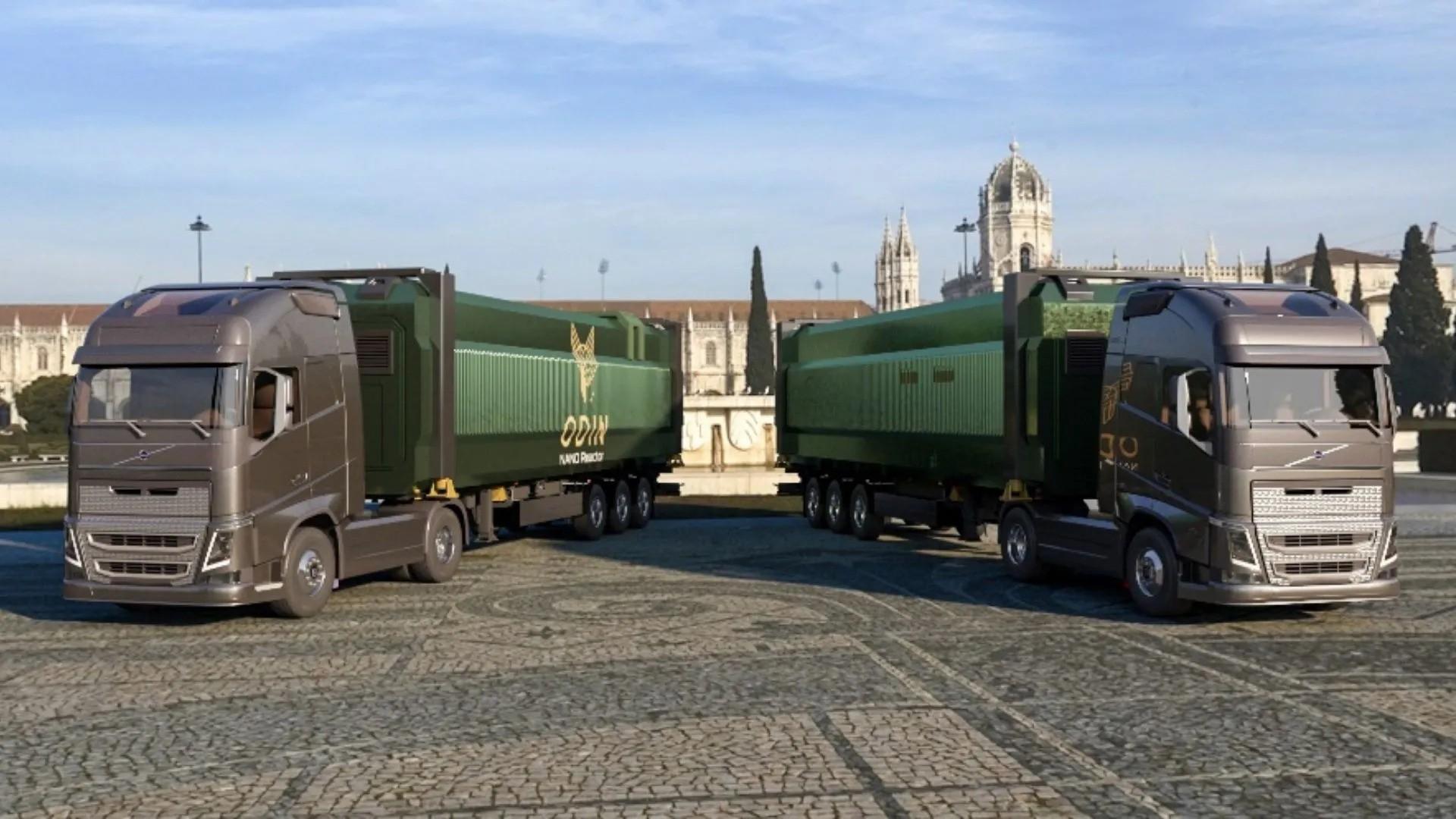Small modular reactors (SMRs) and microreactors are gaining attention as potential solutions for supplying clean energy to remote areas and reducing carbon emissions in industries like mining and shipping. These reactors, generating less than 20 megawatts (MW) of power, resemble the nuclear reactors utilized in naval vessels, providing a downscaled alternative to conventional nuclear power plants.
The renewed interest in nuclear power arises from its potential to fulfill the global demand for dependable carbon-free energy sources. The Department of Energy (DoE) reports that the US is aiming for net zero emissions by 2050, necessitating an additional 200 gigawatts (GW) of nuclear energy capacity.
Despite currently satisfying 18 percent of US energy needs, the existing nuclear capacity of 95 GW relies heavily on aging, large-scale reactors constructed many years ago, which have encountered challenges such as delays and budget overruns.
SMRs offer a promising solution by reducing construction costs and time associated with traditional nuclear power plants. By scaling down the technology, SMRs can be more efficiently deployed, potentially revitalizing the nuclear industry. Companies like NuScale Power have pioneered SMR technology, although setbacks such as increased production costs have been encountered.
Nano Nuclear Energy, recognizing the challenges faced by predecessors, is addressing core issues such as supply chain limitations and production costs. Their focus on using high-assay, low-enriched uranium (Haleu) fuel increases reactor efficiency and lifespan. Plans to commence Haleu production in the US and the unveiling of their second reactor design, Zeus, demonstrate progress in overcoming these obstacles.
Moreover, Nano Nuclear Energy’s reactor design emphasizes safety and ease of operation, with features like a walk-away mechanism ensuring smooth operation. These reactors, housed within standard shipping containers, can be easily transported to remote areas lacking conventional energy infrastructure or suitable for large renewable projects.
Notably, these reactors are not solely focused on electricity generation but also utilize excess heat for direct applications, further enhancing their efficiency. This versatility makes SMRs an attractive option for powering remote locations with clean energy, potentially reducing reliance on fossil fuels.
Small modular reactors and microreactors present a promising avenue for expanding nuclear energy capacity, particularly in remote areas and industrial sectors. Overcoming challenges related to cost, supply chain, and safety, these reactors have the potential to play a significant role in the transition towards a carbon-free energy future.

